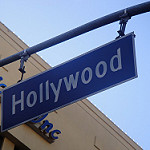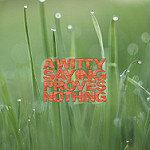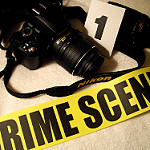Agents and editors are always saying they want a high-concept story, but what does that mean? And if you don’t have one, can you still land an agent and sell your book?
The definition of high concept is difficult to pin down because it involves a certain level of the X-factor—that specialness that defies definition. In other words, conversations about high concept often end with I can’t tell you exactly what it is, but I know it when I see it. So instead of searching for a definition of high concept, let’s look at some of its features:
High concept is built on a unique idea/hook that makes the agent sit up and say, “Whoa! I’ve never read any stories like that before!” or “A story like that has never occurred to me!”
High concept is easy to explain/pitch in one or two sentences. What makes a high concept so appealing is that it immediately gives the listener a very clear idea of what to expect from the story. Some examples:
- Teen girl at a secret spy school meets a normal boy and hides her identity while falling in love. (Ally Carter’s I’d Tell You I Love You But Then I’d Have to Kill You, the first book in the Gallagher Girls series)
- Woman witnesses something shocking from the window of her train and may be the only person who can tell the police the truth. (Paula Hawkins’ The Girl on the Train)
- After a spin-class head injury, Alice forgets the last ten years of her life, including the births of her children and divorce from the love of her life. (Liane Moriarty’s What Alice Forgot)
- A female med student auctions off her virginity online. (Brenna Aubrey’s At Any Price)
High concept is appealing to a wide audience. This is a big reason agents and editors want high-concept projects. They are easier to sell! The commercial value of the story is immediately apparent in that brief, one- or two-sentence description, which makes it easy for agents to pitch to editors, for editors to pitch to the sales team, for the sales team to pitch to booksellers, and for booksellers to pitch to readers. High-concept stories are easy to market. Essentially, a high-concept book sells itself.
High concept involves high stakes. Not every story is high concept, and that’s okay. But if the feedback you consistently get on your work is that it is “quiet” or that the agent just didn’t fall in love, it’s possible that a high concept is the thing you need to pull ahead of the pack.
High concept values action and plot over introspection and backstory. Think movie adaptation here. What are your novel’s “movie trailer moments”—periods of high conflict or tension? If you can’t identify a handful of them right off the bat, and if your novel is more about your characters’ inner lives (thoughts, emotions), then you’re probably not writing a high-concept story. And that’s OK, but now you know the difference!
Here’s one (but not the only) recipe to help you play with generating a high-concept premise: “It’s [trope or familiar story or storyline]…but [with a twist].” A favorite example is “It’s a Western…but set in space” (Firefly). Or “It’s Emma…but set in an over-the-top 1990s high school” (Clueless).
Once you have your high concept, the story is what you make of it! If you are an author who wants to write big, commercial, action-packed plots, you can do that with a high concept. If you’re an author who would prefer to write deeper stories that tackle issues, you can do that, too. The high concept is about getting people through the door. Your unique, individual, execution is what will make readers continue to turn the page










